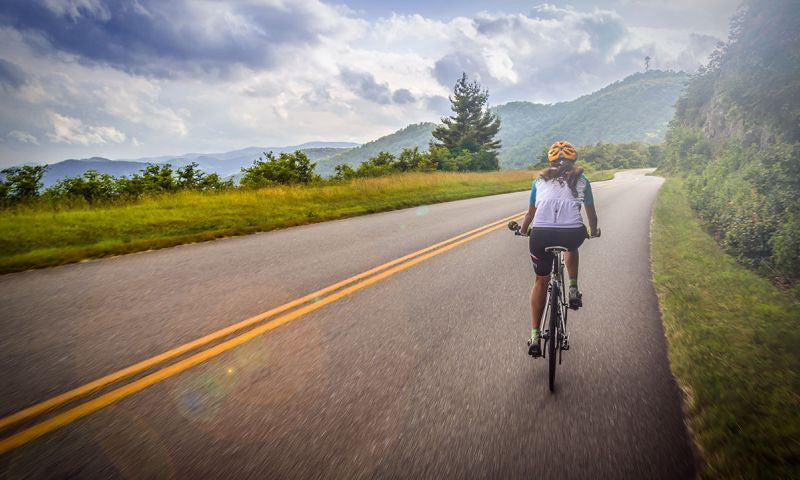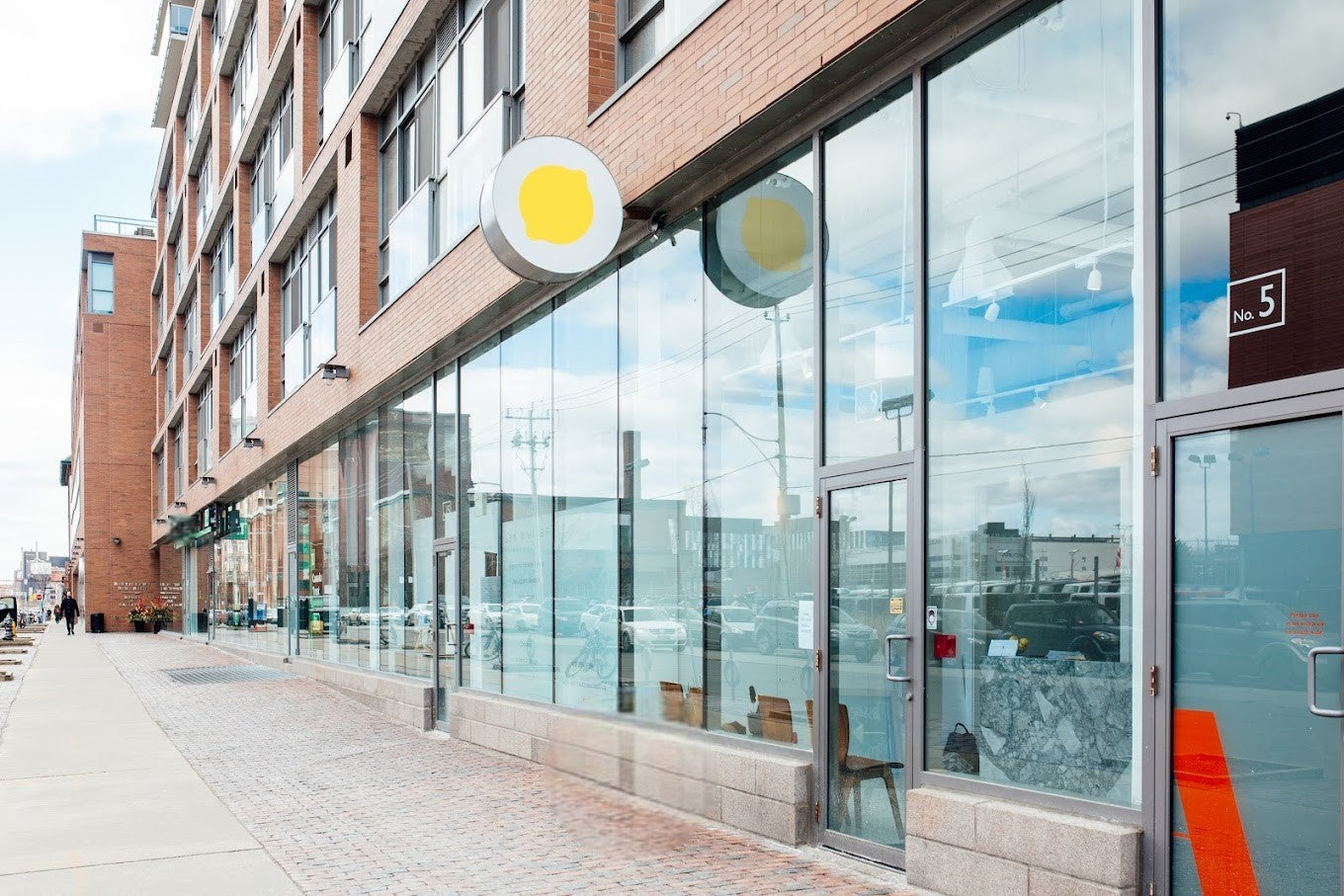
Reduce pain when cycling
Dr. Belinda Chan, D.C.Share
As summer approaches you may be thinking about getting that bicycle out of the garage, dusting it off, and going for a nice ride around the city! Here are a few tips to help the ride be as enjoyable as possible:
1. Make sure the bike is the right fit for your needs.
There are many different types of bikes out there, and there is one for every type of rider. From the occasional city rider to the hardcore mountain biker, make sure you are getting a bike that fits your needs. The type of terrain you are riding on, the length and distance of your rides, whether you are seeking comfort of speed, these factors will help determine the type of frame that is best for you. For example, if you are looking to do the occasional ride around the city, a simple cruiser may be all you need. But if you are looking to tackle some dirt trails, a mountain bike or hybrid might be a better option.
2. Get your bike adjusted to your frame.
Once you’ve selected the right type of bike, you will want to get it adjusted to your body. Minor adjustments can make a huge difference. The position of your seat and handlebars will determine how efficient your body will be when pedalling. It will also determine how relaxed and comfortable your posture will be. Getting it fitted properly before your first ride will help reduce joint and muscle pain down the road.
3. Posture.
Whether you have a straight bar or a drop bar on your bike, you should always ride with a neutral spine. This means bending at the hips and avoiding hunching your mid-back. If you are on a drop bar and find yourself needing to hunch your mid-back to be comfortable, you may need to adjust your hand position or replace your bar entirely with something that will allow your hands to rest comfortably without reaching forward.
As you ride it is important to engage your core and limit excessive upper body movement. Your abdominal and back muscles help support your body as you ride and proper engagement will allow you to use your back as a fulcrum rather than swaying your body to gather momentum.
4. Engaging your hamstrings.
A properly fitted bike will allow you to engage the back of your legs so that you are not just pushing down on the pedals (which can cause knee pain) but also pulling upwards.
5. Take it easy.
Especially with the first ride of the season, make sure you don’t overdo it. Warm up before your ride and remember to hydrate and take breaks.
6. Enjoy yourself.
Remember that cycling is fun! Stress can lead to further injury and reduces reaction time, so choose paths you will be comfortable with and don’t push yourself.

